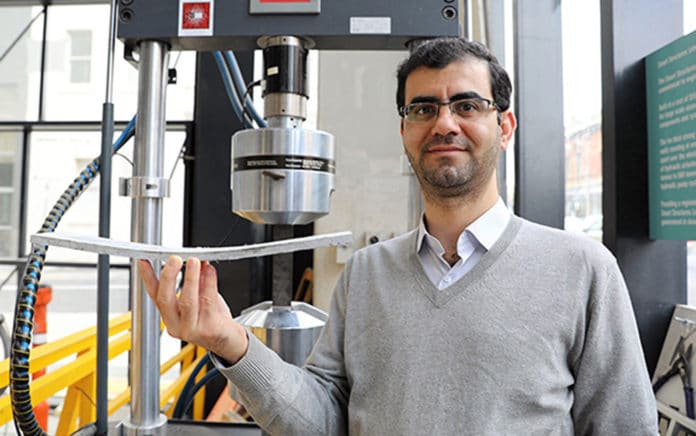Scientists at the Swinburne University of Technology in Melbourne, Australia, have developed a new type of concrete that can bend under load, potentially making it an ideal building material in earthquake-prone areas. Instead of the traditional substance called Portland cement, the new type of concrete will be made out of the industrial waste product such as fly ash – a by-product of coal-fired power stations – and synthetic fiber.
However, the use of ash for concrete is a rather old trick. Even ancient Roman engineers mixed volcanic ash and quicklime to create their own unique building material. This is one of the reasons why some of their structures have survived to the present day. By examining how these buildings built centuries ago are still standing, scientists have managed to develop new bendable concrete using their findings.
Flexible or bendable concrete is also not a new concept. It was first developed in the early 90s. However, previously the problem has always been to produce it at affordable prices.
The team has claimed that their development allows the use of material distributed around the world to create concrete. Besides, the production process for this type of concrete is more environmentally friendly. According to the explanations, it is not necessary to heat limestone in order to form this concrete. This reduces the need for energy by 36% and emits up to 76% less carbon dioxide as compared to conventional bendable concrete made of cement.
They say the novel concrete has achieved a much more robust result than normal concrete. It is about 400-times more bendable than normal concrete, yet has similar strength. Behzad Nematollahi, who played an important role in the production of bendable concrete, stated that such concrete should be used in places where earthquakes frequently occur, thereby reducing the destructive effect of the earthquake.
In addition, the use of short polymer fibers in concrete allows it to withstand multiple hair-sized cracks when subjected to immense pressure or bending and not breaking into pieces. The construction made from this material will be much more likely to sustain damage from natural disasters such as earthquakes, hurricanes, and projectiles that they could drop.
The research on the new type of concrete has been published in the journal Construction and Building Materials.
